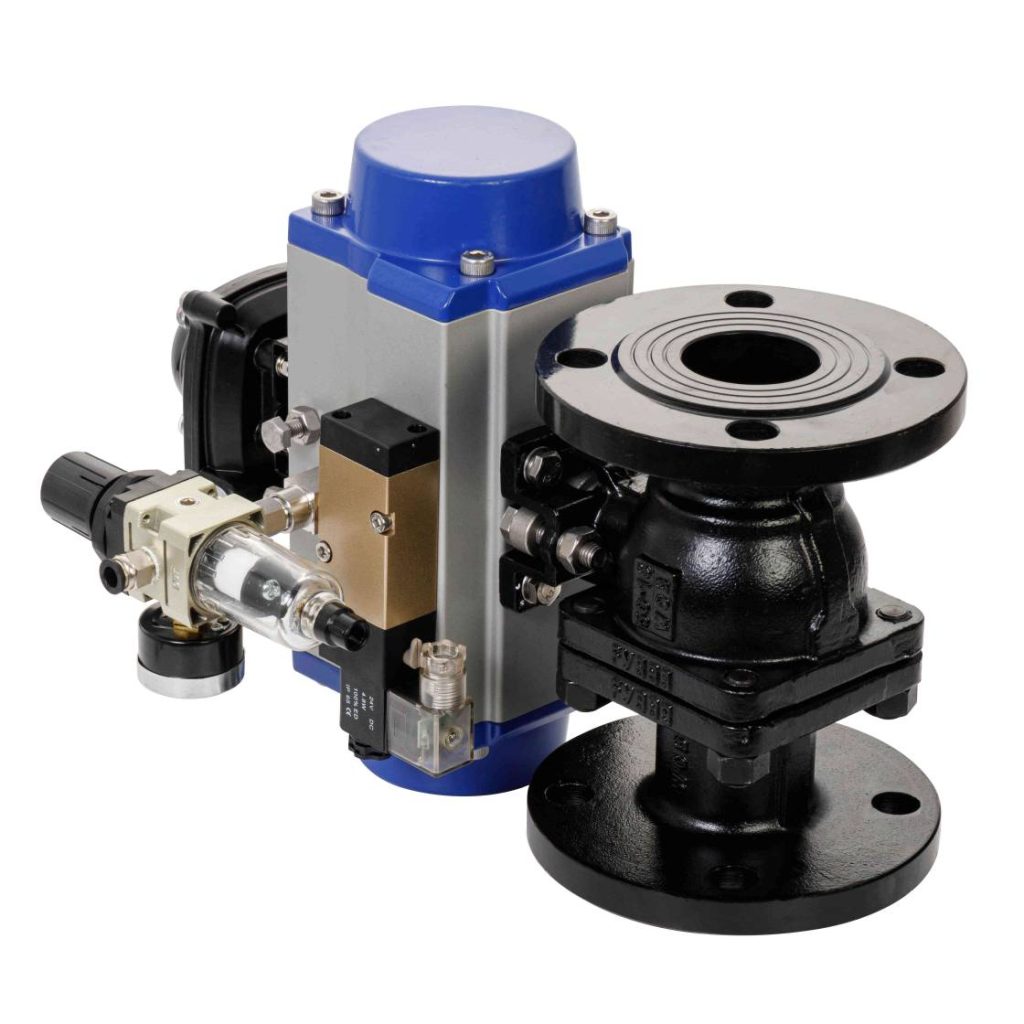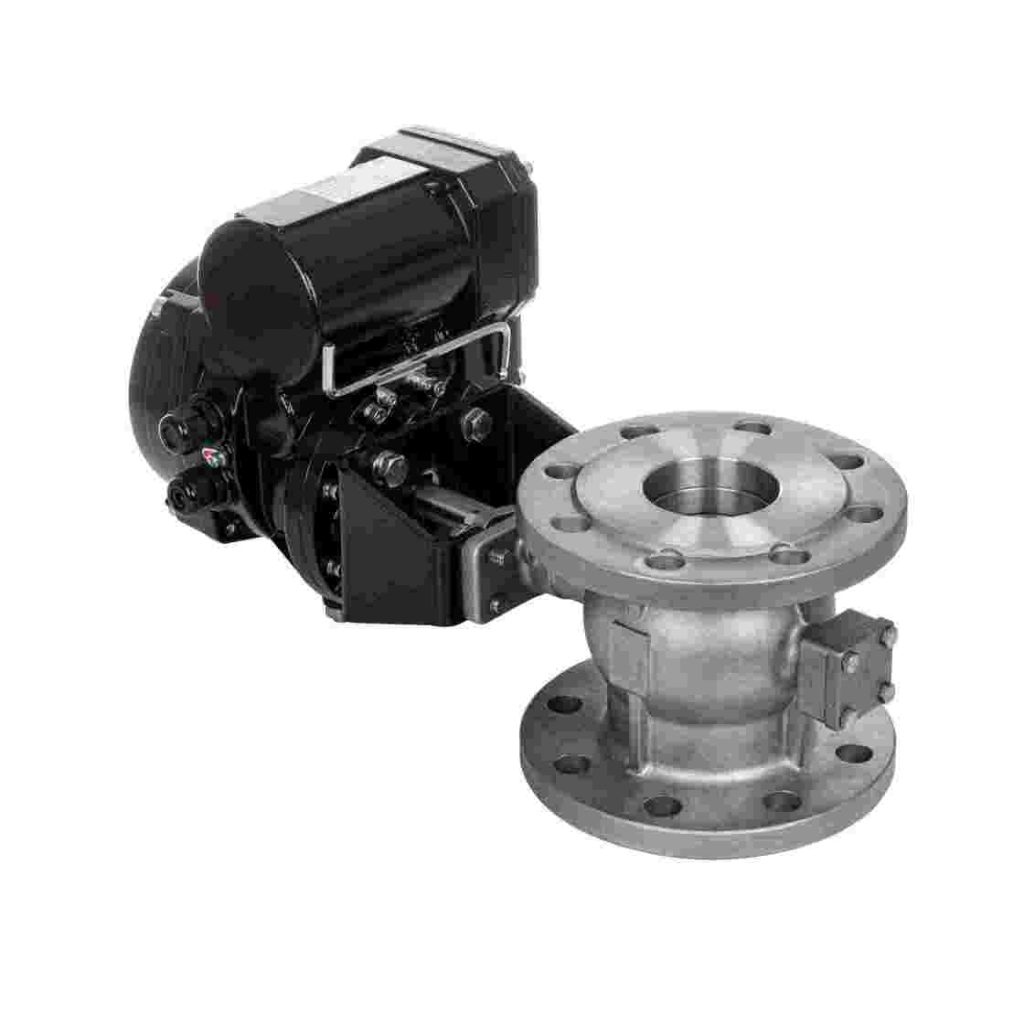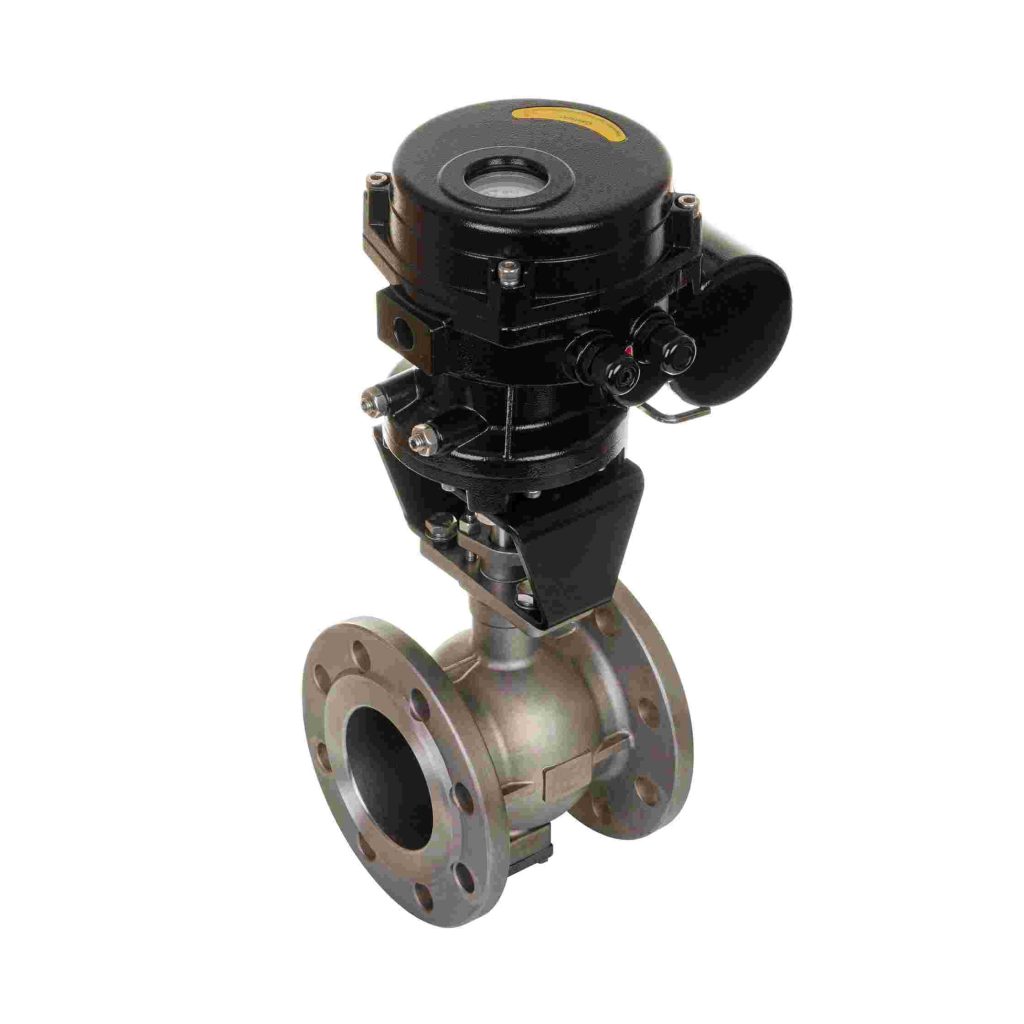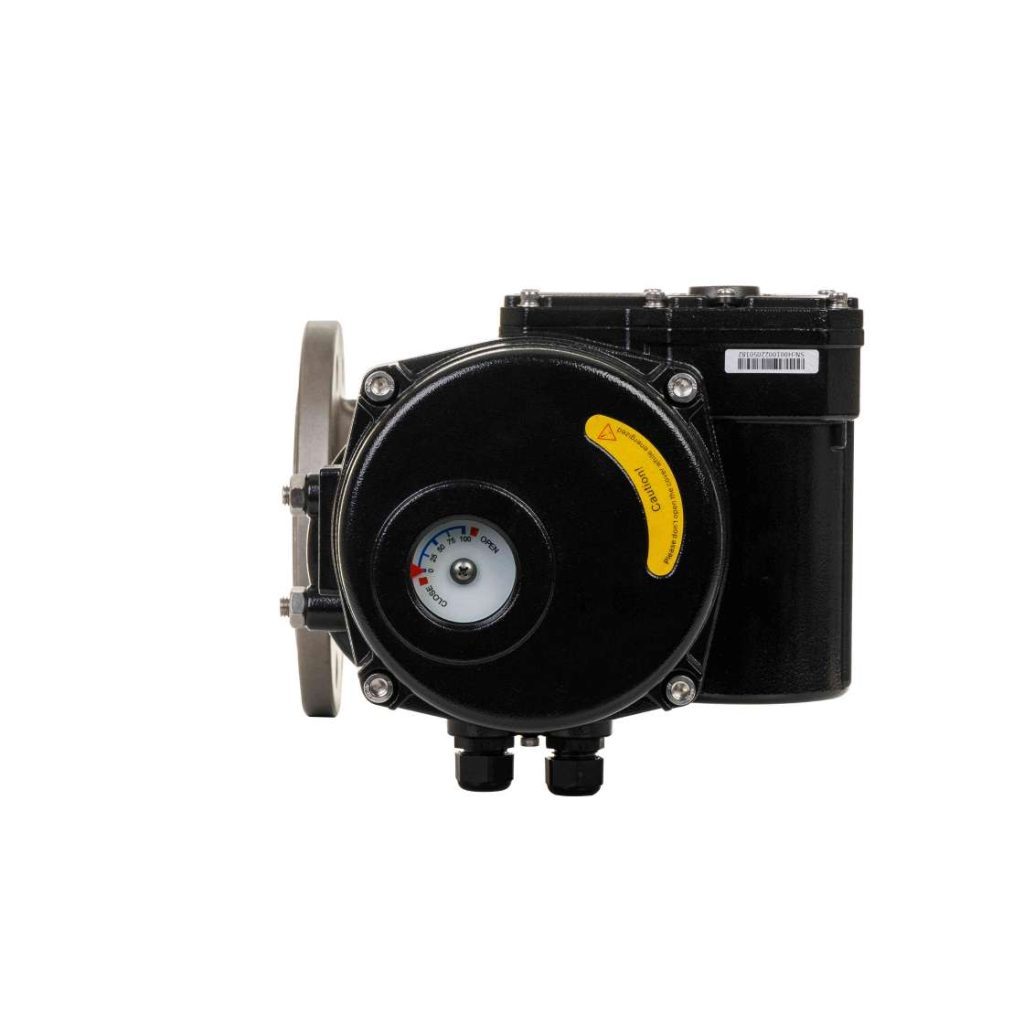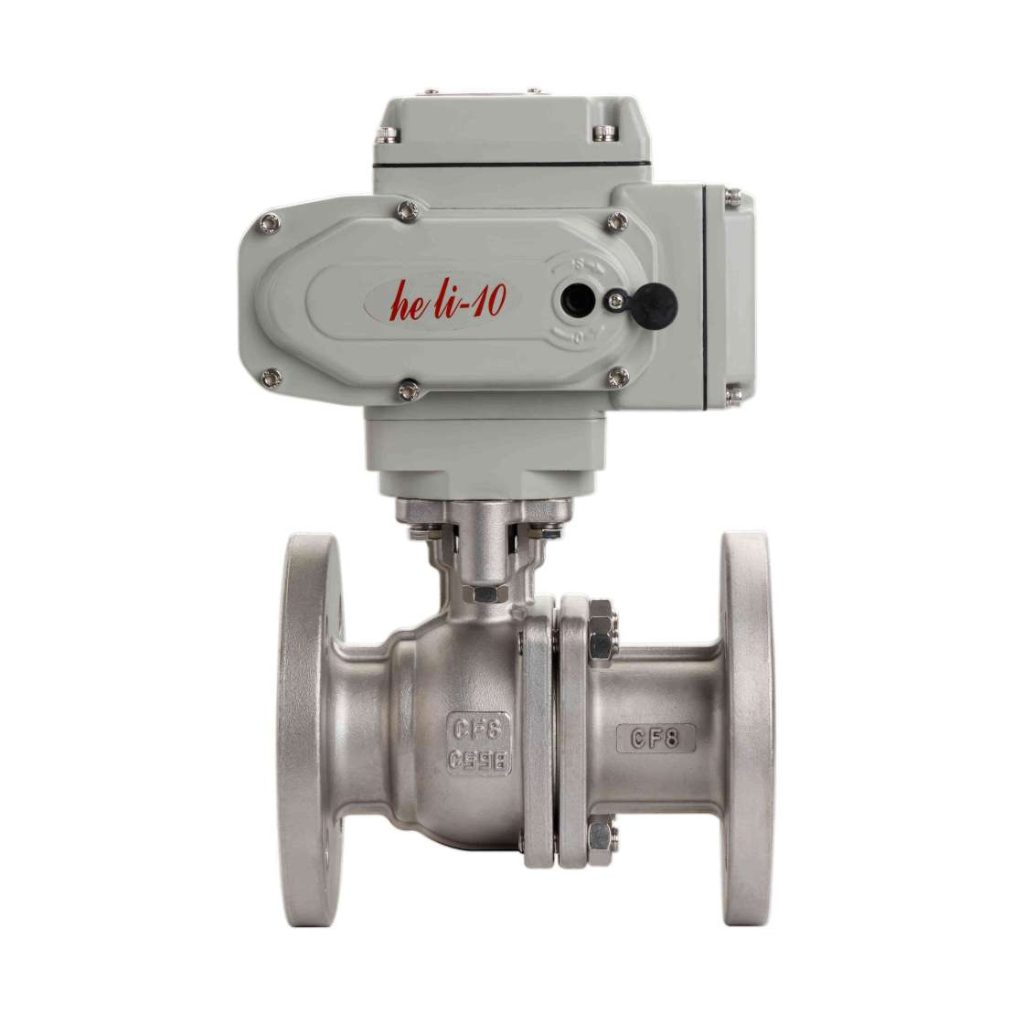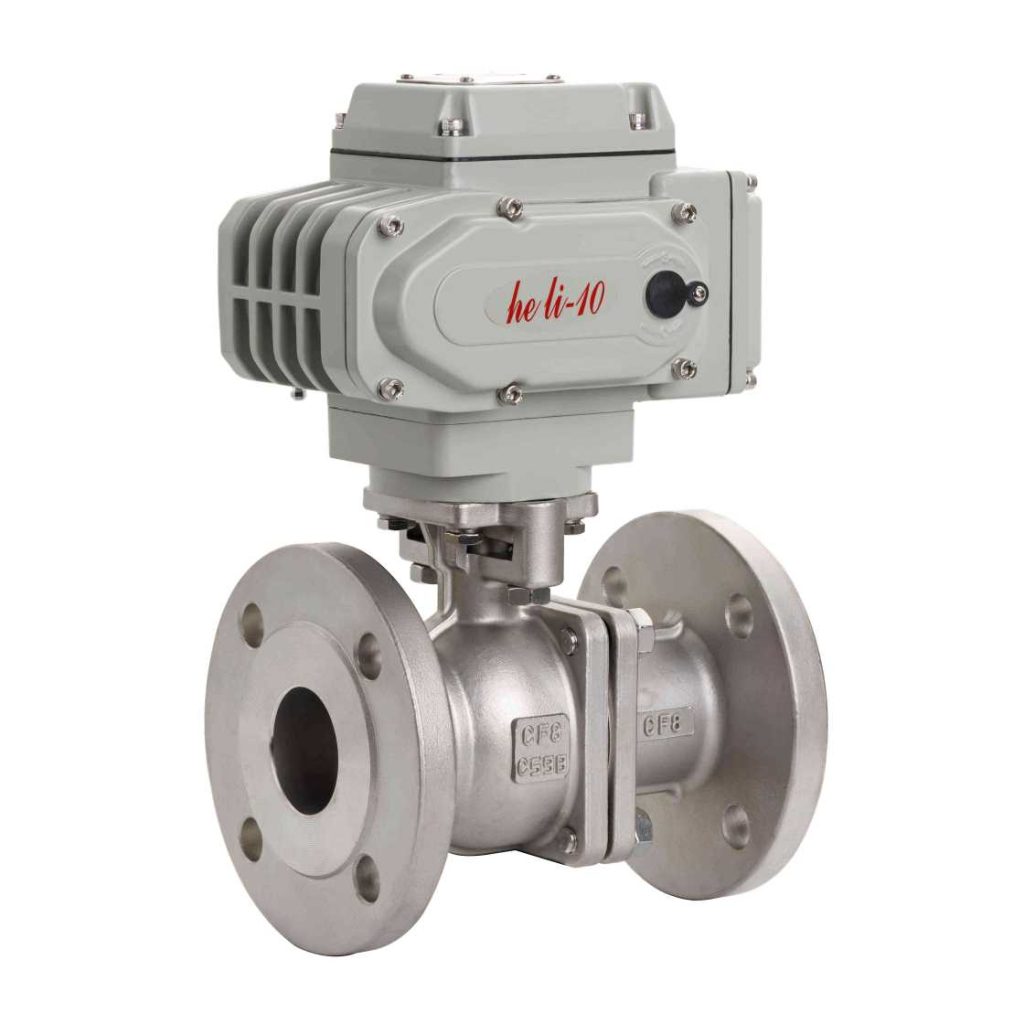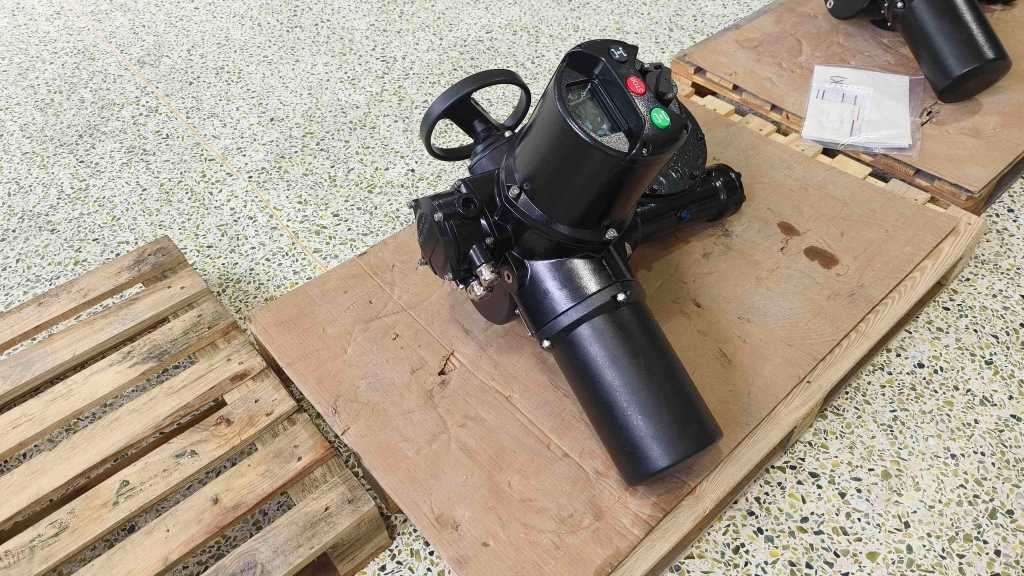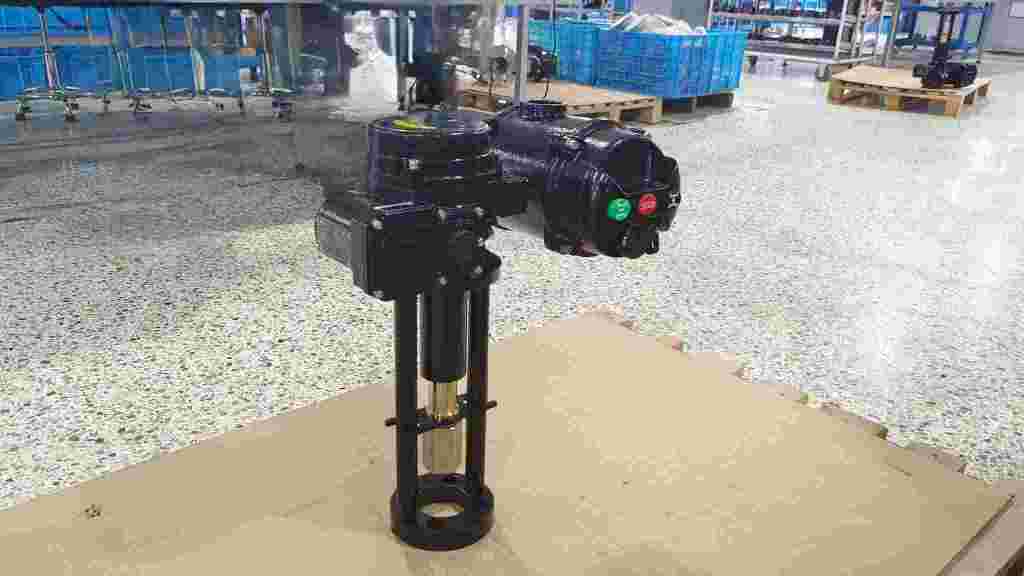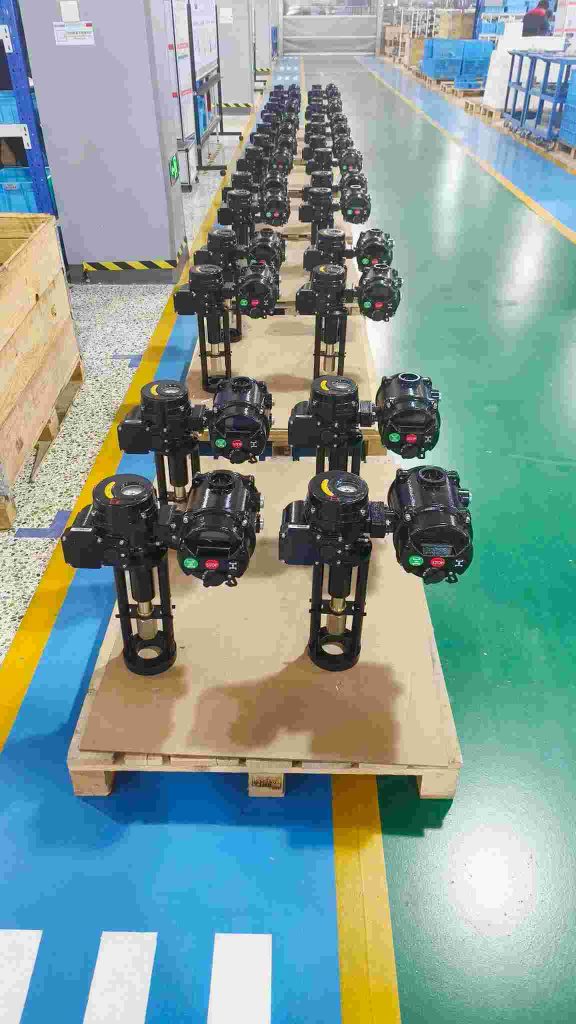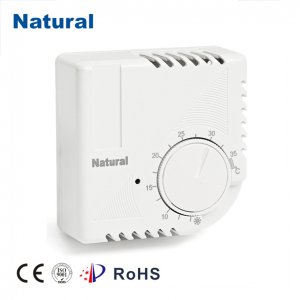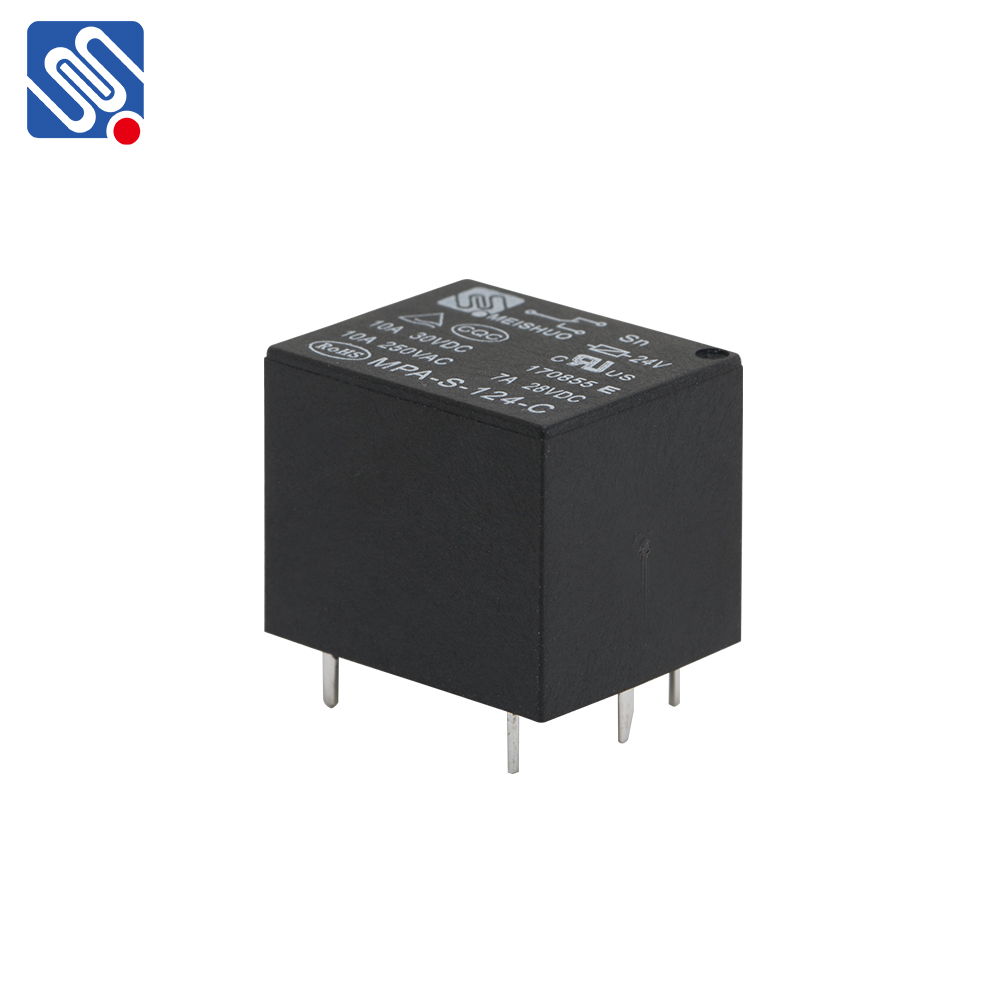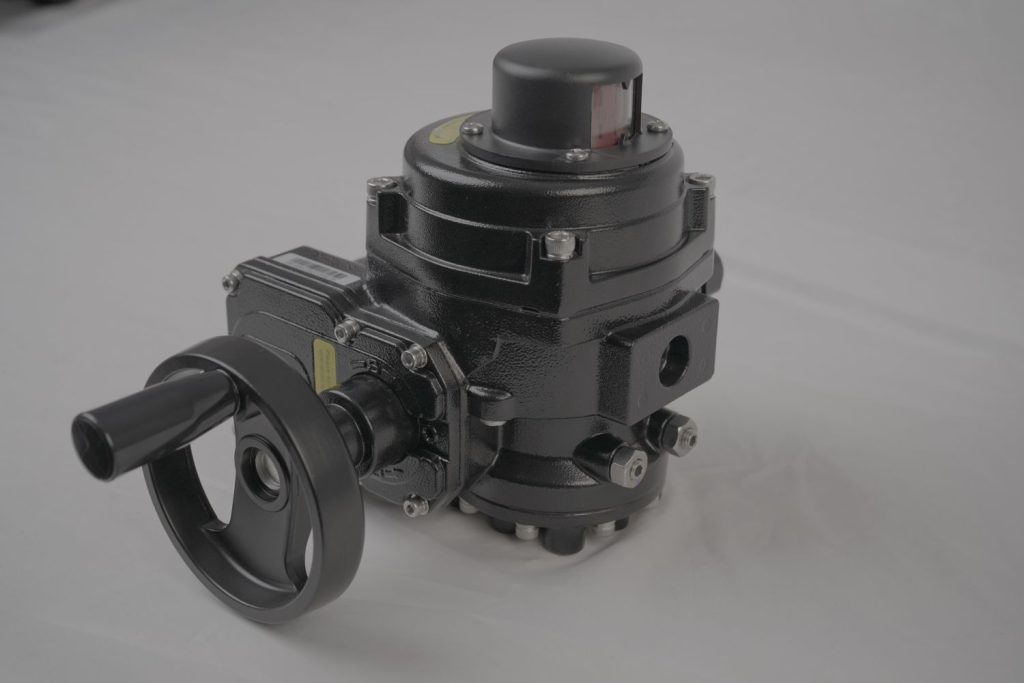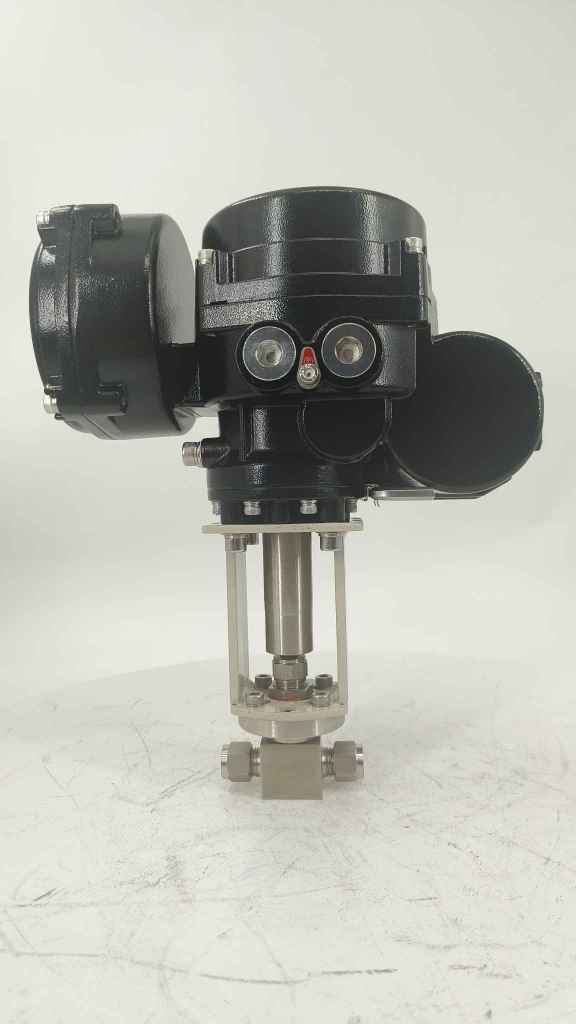Pneumatic ball valves play a crucial role in fluid control systems, especially in industries that require precise, reliable, and automated operation. These valves offer numerous advantages, including easy integration into control systems, high efficiency, and minimal maintenance requirements. As a result, the demand for pneumatic ball valve manufacturers has risen globally, with companies striving to meet the increasing needs of diverse industries such as oil and gas, chemical processing, food and beverage, pharmaceuticals, and water treatment. This article explores the role of pneumatic ball valve manufacturers, the design and functionality of these valves, and the importance of quality assurance in the production process.
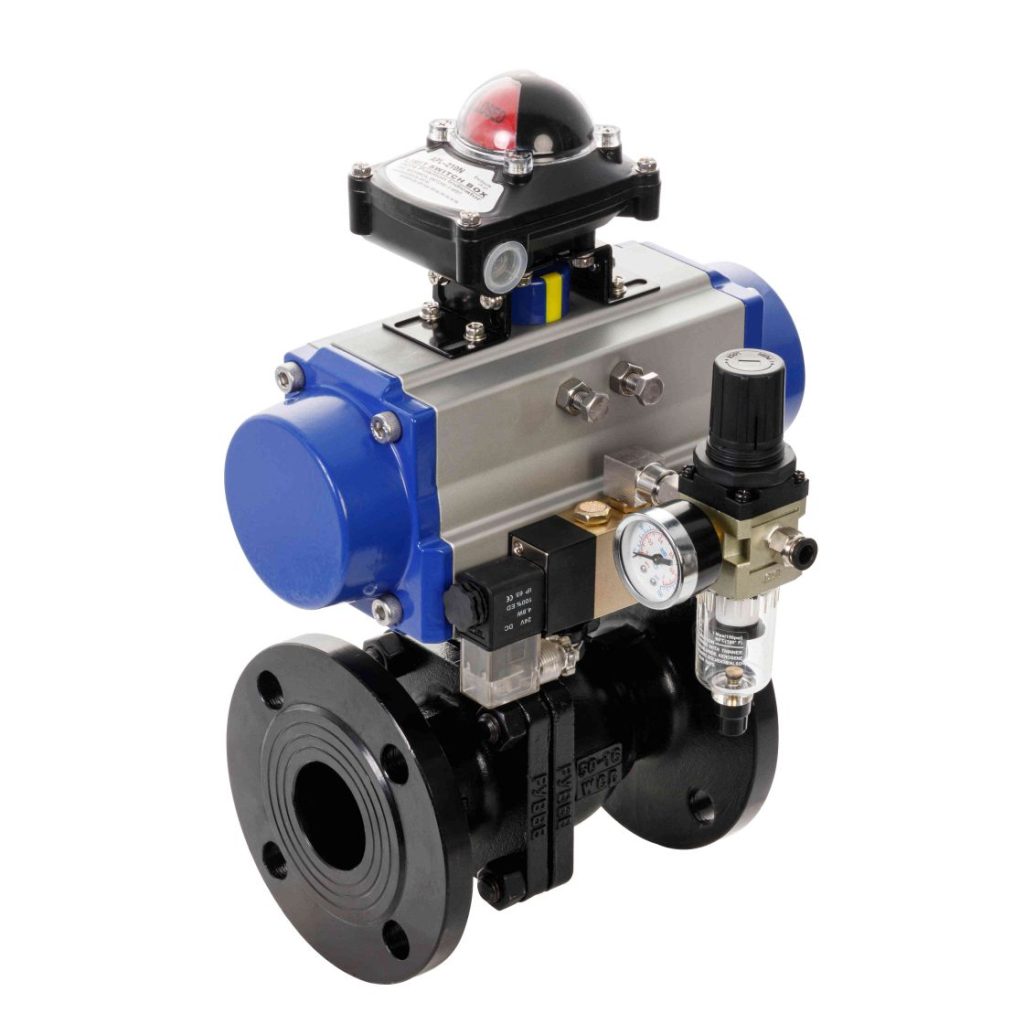
The Role of Pneumatic Ball Valve Manufacturers
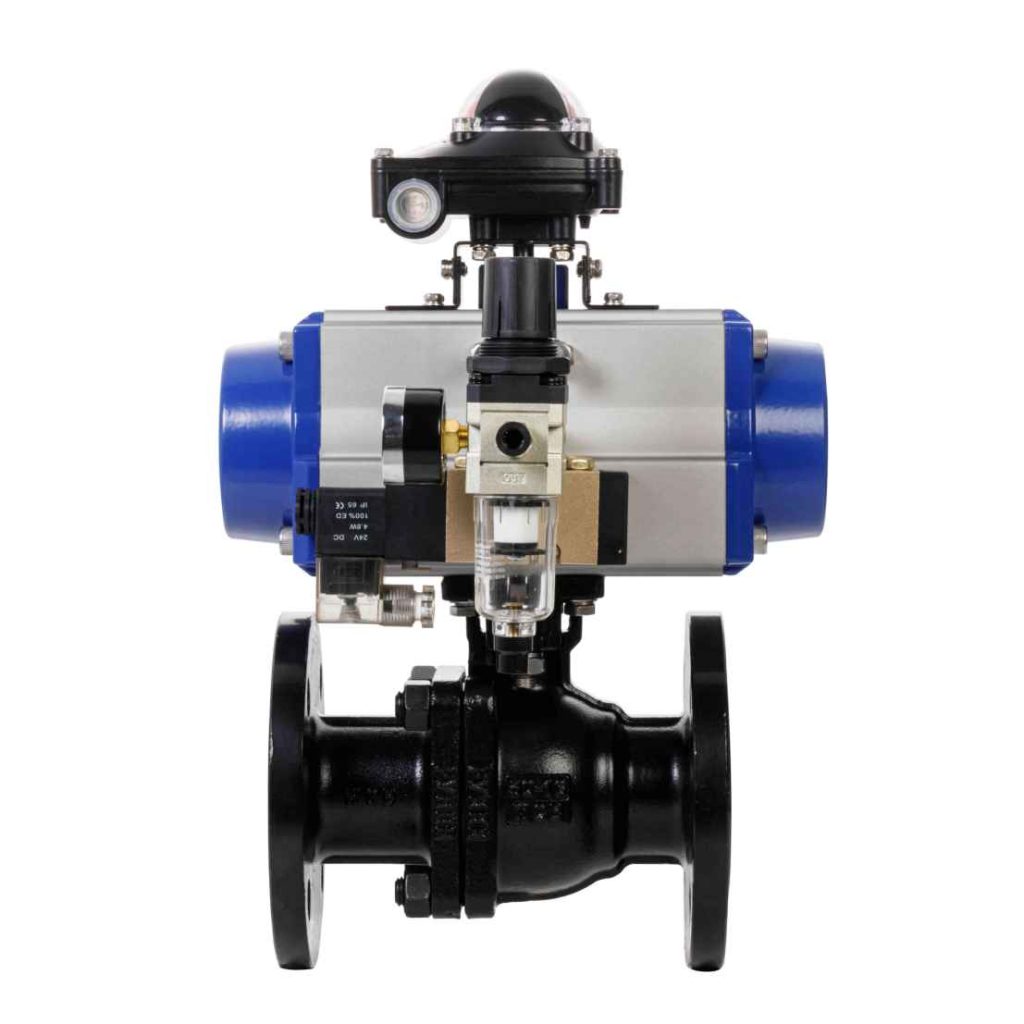
Pneumatic ball valve manufacturers specialize in producing valves that are driven by compressed air, offering the advantage of precise control over fluid flow with minimal mechanical effort. These valves consist of a ball with a hole through its center, which rotates to control the flow of fluids through a pipe. Pneumatic actuators are used to rotate the ball, either opening or closing the valve with high precision. These valves are particularly beneficial in systems that require automatic or remote operation, as they can be controlled via signals from control systems or sensors. The primary role of pneumatic ball valve manufacturers is to design, produce, and supply high-quality valves that meet industry standards. Manufacturers often provide customization options for specific applications, ensuring that the valves are optimized for performance, safety, and reliability. The design process involves selecting durable materials, ensuring compatibility with a range of fluid types, and incorporating fail-safe mechanisms for safe operation under various conditions.
